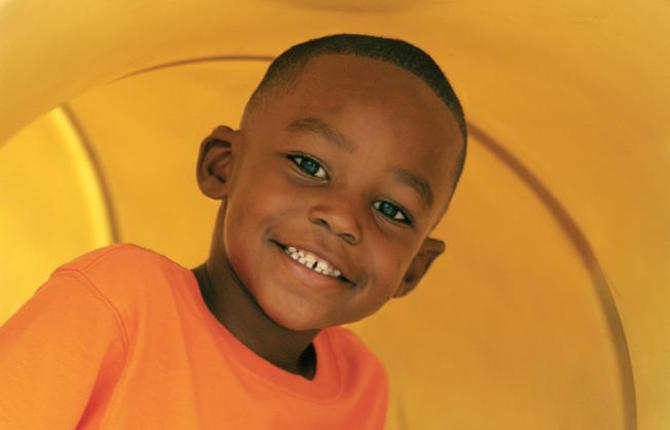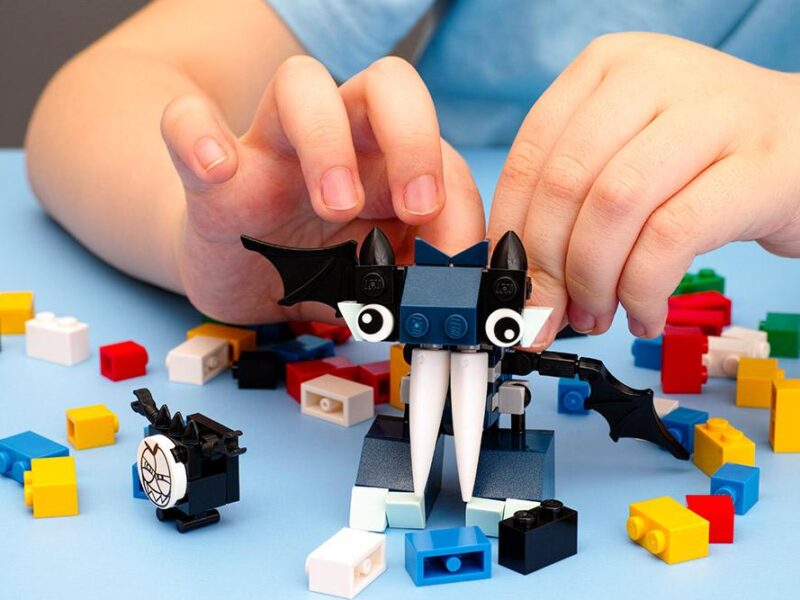
Have a safe summer
According to the Canadian Cancer Society, the risk of skin cancer in Canada is far greater than it was 20 years ago due to the increasing strength of the sun. Fortunately, many cases of skin cancer are preventable. The chances of your child developing skin cancer later in life can be significantly decreased by the steps you take today. Here are some facts you should keep in mind, and ways to protect your child beyond t-shirts, cover-ups, hats and sunglasses.
It’s important to understand the basic facts about ultraviolet radiation rays (UV) and their effects. UVA rays are long wavelengths that are less intense than UVB rays but account for 95 per cent of UV radiation. They may not be as harsh as UVB rays but they penetrate deeper into the skin. On the other hand, UVB rays are responsible for sunburns. They have shorter wavelengths and damage the outer layer of the skin. Depending on the season, location and time of day, the severity of these rays can vary. Typically, UVB rays are stronger during the daylight hours from 10 a.m. to 4 p.m. Since both UVA and UVB rays are harmful, buy a broad-spectrum sunscreen to help protect against both types.
There are two common myths about sunscreen that many people overlook.
MYTH 1: The number beside SPF determines the strength of protection you get from the sun.
FACT: According to the Skin Cancer Foundation, SPF — or Sun Protection Factor — is a measure of a sunscreen’s ability to prevent UVB from damaging the skin. Here’s how it works: If it takes 20 minutes for your unprotected skin to start turning red, using an SPF 15 sunscreen theoretically prevents reddening 15 times longer — about five hours.
Another way to look at it is in terms of percentages: SPF 15 blocks approximately 93 per cent of all incoming UVB rays. SPF 30 blocks 97 per cent; and SPF 50 blocks 99 per cent. They may seem like negligible differences, but if you are sensitive, or have a history of skin cancer, those extra percentages make a difference.
But there are problems with the SPF model: First, no sunscreen, regardless of strength, should be expected to stay effective longer than two hours without reapplication. Second, “reddening” of the skin is a reaction to UVB rays alone and tells you little about what UVA damage you may be getting. Plenty of damage can be done without the red flag of sunburn being raised.
Children’s skin is more sensitive and will burn faster than the skin of an adult. Make sure to use SPF 50 or higher on your child. To maintain the SPF, reapply sunscreen every two hours and after swimming.
MYTH 2: The SPF of a sunscreen is universal.
FACT: The Canadian and American laboratory measure of SPFs are double of that in Europe. A Canadian SPF 30 is marked as SPF 15 in Europe. So if you’re travelling around Europe this summer and run out of sunscreen, make sure to know which system the sunscreen’s SPF follows.
For babies and toddlers
There are many ways for you to shield your young ones from the sun. Banana Boat offers Baby Tear Free SPF 50. It contains no alcohol, is tear free, paediatrician-tested and water resistant. The white lotion allows for you to know what part of the body is covered and what area isn’t.
Also try sun protection apparel. Producers often offer a versatile selection from swimwear, shirts to hats that have built in Ultraviolet Protection Factor. ExoSport by Plangea have UPF 50+ protection shirts, bathing suits and accessories. NOZONE has products that are durable even in chlorinated pools.
For juniors to teens
As children get older, they become pickier with the products that they use. If your daughter wears makeup and refuses to wear sunscreen because of its greasy texture, try to encourage her to integrate sun protection into her morning routine. Clinique offers Super City Block, a cream that has protection up to SPF 40 and may be used as a makeup primer. Custom Creations Foundation by Revlon contains SPF 15 so she can apply her makeup as usual.
Tweens and teenagers often have to deal with acne prone, sensitive skin. Applying pore clogging, oily sunscreens can make their skin worse. If your child is seeing a dermatologist for their skin, make sure to inquire about recommended sunscreens for acne prone skin. Dermatologists will often recommend oil-free, fragrance-free, PABA-free and hypoallergenic products. Neutrogena provides Skin Sensitive face sunscreen which contains SFP 60. Also look for labels that say ‘noncomedogenic’, meaning that it will not clog the pores and is applicable on top of topical acne medication. Banana Boat Kids sunblock protects against both kinds of UV rays and is noncomedogenic.
Sun safety is important. Find the right product that best suits your children’s age, skin and activities.
For more information also visit the Sunsense section of www.cancer.ca.
PLAYGROUND SAFETY TIPS
The playground is a great way for your child to socialize and have some fun. To ensure that play time is also safe, there are a few things to keep in mind while supervising your child. Although serious injuries and hazardous materials left in the playground are uncommon, they do happen. So consider these tips and take the extra time and effort to ensure a safe summer for your child.
Safe Kids Canada is an organization which promotes strategies to prevent unintentional and avoidable injuries. They provide a list of simple steps to ensure safety at the playground. Here are some ideas they suggest. Visit www.safekidscanada.com for more tips:
1. Remove clothing that could strangle your child, like a scarf. Leave jumping ropes and helmets behind before using playground equipment.
2. Scout out the playground before letting your child play. Glass or other sharp materials may be left behind and can cause serious injury.
3. Stay close to your child. For children under five years of age, be within reach at all times.
4. Teach your child how to properly use playground equipment. When they are playing at school or daycare during lunch time and recess, you will not be there to supervise them so they should understand the dos and don`ts of playground safety themselves. Teach them to wait their turn, go down the slide only when the child before had finished, slide feet first, keep away from moving swings and other hazards.
WATER SAFETY TIPS
On a hot summer day, swimming is the perfect playtime activity for your child. As a parent, it’s important to understand the safety issues concerning pools. Whether your family swims in a public or private pool, floatation gears for your babies and toddlers are a must.
If your baby is too small to fit into water wings or a life jacket, there are other products to choose from. Floatation devices for babies are often rings with a seating socket so the baby’s whole upper body will remain above water level. Canadian Tire offers fun choices such as the Learn to Swim Ring or the Baby Spring Float Sun Canopy. If you plan to be in the water for a while, consider floats with canopies or a cover above the baby’s head to avoid overheating and sunburns. However, you need to stay with your child at all times when you are using these products or any others like them.
Once your child can fit into a personal floatation device, Buoy-O-Boy is a good choice. The Canadian company has been manufacturing personal floatation devices (PFD) for 60 years and you can find them in many department stores. If your child wants to have greater mobility to play around in the pool, water wings are also an option. However water wings are not considered life-saving devices. They can easily slip off your child’s arms and lose air. Make sure to check for defected valves before usage. The wings can deflate quickly if a valve accidently opens or breaks.
Before you jump into public pools, it may be useful to know some of the provincial policies. In Ontario, it is required by regulation that the ratio of lifeguard to swimmers is 1:30. If you feel that this ratio is too large, then swim at arm’s length with your child. Visit www.publichealthgreybruce.on.ca for more information on provincial laws regarding public pool safety.
Private backyard pools require special fencing by law. But children playing near a pool can easily slip into the water without making a sound. Special perimeter fencing can be installed and companies such as Child Safe have fences made of nylon mesh and other materials. Visit www.childsafefence.com for more information.
Pool alarms are another option to assist you. The alarm will go off when it detects movement in the water – even a strong gust of wind or a pool toy can set it off.
However, keep in mind that floatation devices, fences and alarms are not fool-proof and children should never be left unattended around pools.





